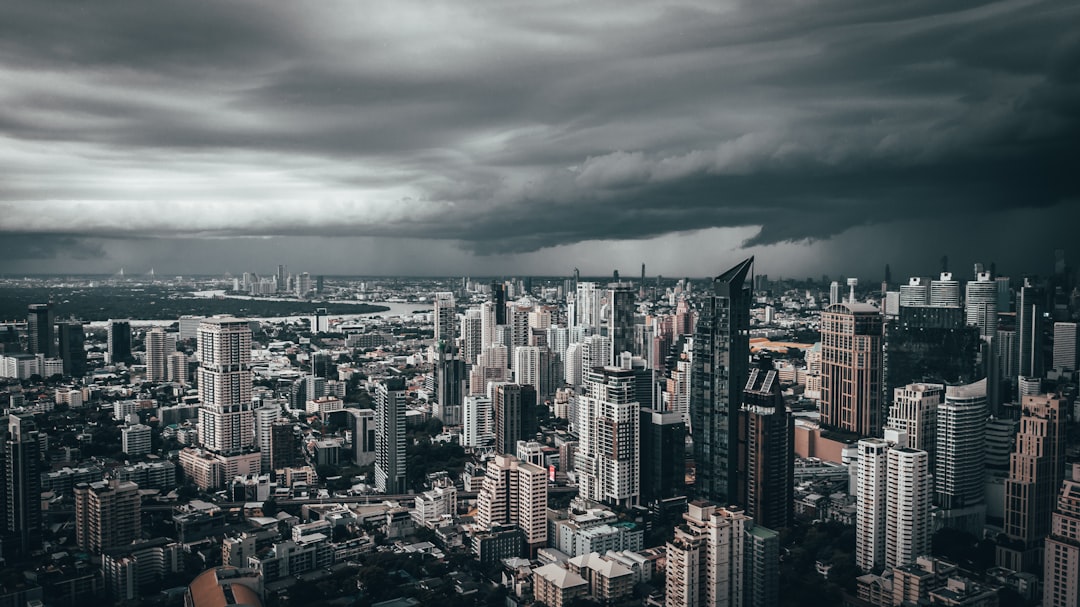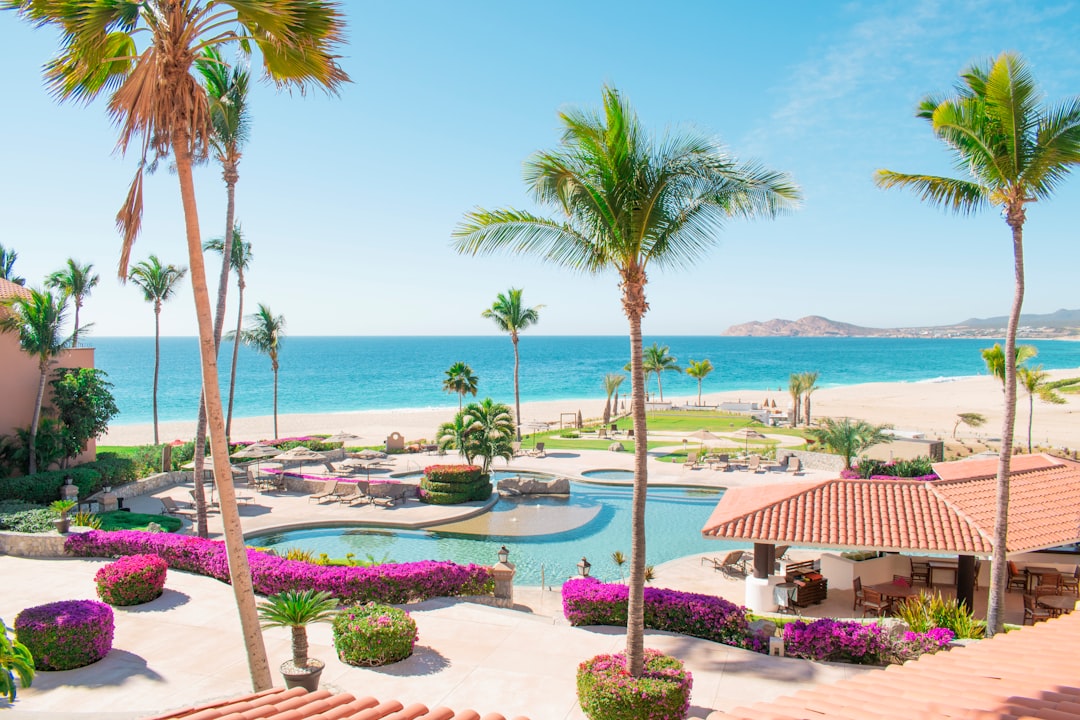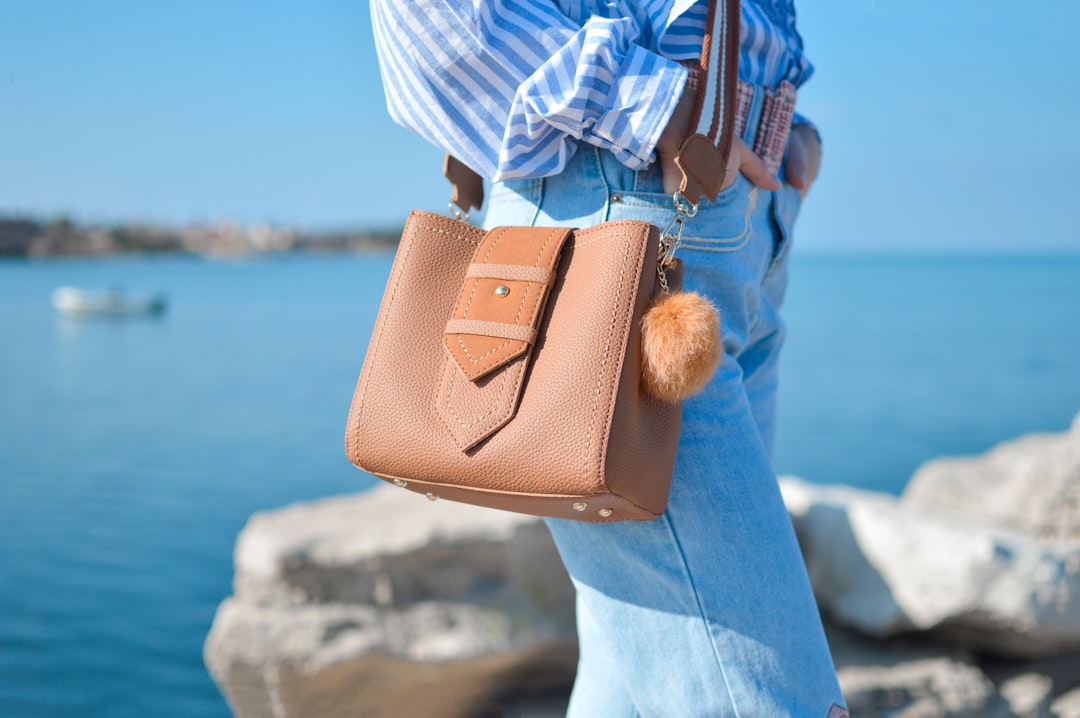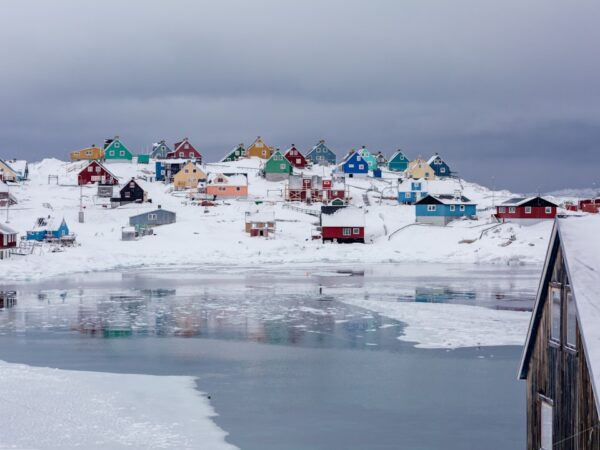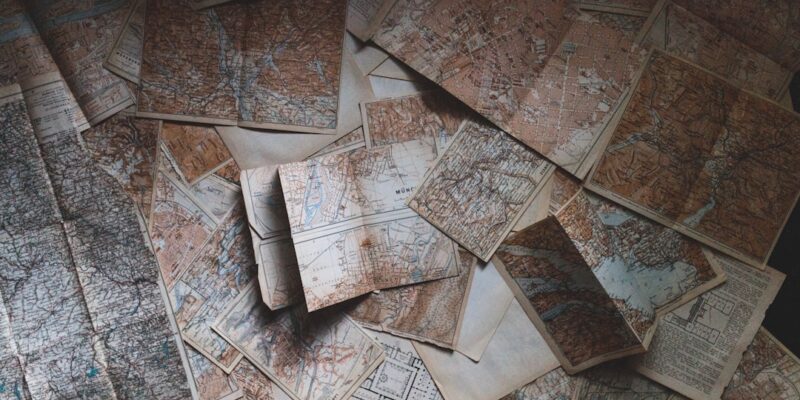
Voyaging the Vast Seas: Sailing Across Open Oceans
Ocean voyaging has been a significant part of human history for thousands of years. From ancient times to the modern day, people have ventured across open waters in search of new lands, resources, and adventure. Understanding the history and challenges of ocean voyaging is crucial for appreciating the achievements of those who came before us and for navigating the seas safely and effectively.
Key Takeaways
- Ocean voyaging has a rich history dating back to ancient times and has evolved with modern technology.
- Sailing across open oceans presents challenges such as weather, navigation, and safety.
- The best routes for ocean voyaging vary from the Atlantic to the Pacific.
- Different types of boats are used for ocean voyaging, from sailboats to yachts.
- Crew dynamics are crucial for successful long ocean voyages.
The History of Ocean Voyaging: From Ancient Times to Modern Day
The history of ocean voyaging dates back to ancient times when early civilizations began exploring the vast oceans. The Phoenicians, for example, were renowned sailors who navigated the Mediterranean Sea and beyond, establishing trade routes and colonies along the way. The Polynesians were also skilled navigators who used celestial navigation techniques to traverse the Pacific Ocean.
Throughout history, there have been key figures who made significant contributions to ocean voyaging. One such figure is Christopher Columbus, whose voyage across the Atlantic in 1492 opened up a new era of exploration and colonization. Other notable explorers include Ferdinand Magellan, who led the first circumnavigation of the globe, and James Cook, who mapped much of the Pacific Ocean.
Advancements in technology have played a crucial role in the evolution of ocean voyaging. The invention of the compass revolutionized navigation by providing a reliable method for determining direction at sea. The development of more advanced sailing vessels, such as the caravel and clipper ship, allowed sailors to travel faster and more efficiently. In modern times, technology such as GPS and satellite communication has further improved navigation and safety at sea.
The Challenges of Sailing Across Open Oceans: Weather, Navigation, and Safety
Sailing across open oceans presents numerous challenges that sailors must overcome. One of the most significant challenges is weather. Storms, high winds, and rough seas can make navigation difficult and dangerous. Sailors must be skilled in reading weather patterns and forecasting to avoid potentially hazardous conditions.
Navigation is another critical challenge faced by sailors. In the past, sailors relied on celestial navigation techniques, such as using the stars and the sun to determine their position. Today, GPS technology has made navigation more accurate and efficient, but sailors must still possess the skills to navigate without relying solely on technology.
Safety is of utmost importance when undertaking long ocean voyages. Sailors must be prepared for emergencies such as equipment failures, medical emergencies, and adverse weather conditions. Safety measures such as carrying life jackets, emergency beacons, and first aid kits are essential for ensuring the well-being of the crew.
The Best Routes for Ocean Voyaging: From the Atlantic to the Pacific
| Route | Distance (nautical miles) | Duration (days) | Difficulty |
|---|---|---|---|
| Northwest Passage | 5,000 | 60-120 | Difficult |
| Panama Canal | 1,550 | 10-15 | Easy |
| Cape Horn | 8,500 | 60-90 | Difficult |
| Cape of Good Hope | 11,000 | 90-120 | Difficult |
| Northern Sea Route | 3,000 | 30-60 | Moderate |
There are several popular ocean routes that sailors can choose from when planning a voyage. The Atlantic Ocean offers several routes, including the North Atlantic route from Europe to North America and the trade winds route from Europe to the Caribbean. The Pacific Ocean also has popular routes, such as the Pacific crossing from California to Hawaii and the trade winds route from Panama to French Polynesia.
When choosing a route, sailors must consider factors such as prevailing winds and currents, distance, and potential hazards. Prevailing winds and currents can greatly affect a vessel’s speed and direction, so it is important to choose a route that takes advantage of favorable conditions. Distance is also a crucial factor to consider, as longer routes may require more time and resources.
Each route has its advantages and disadvantages. For example, the North Atlantic route offers relatively calm seas and favorable winds during certain times of the year, but it can also be prone to storms. The trade winds route in the Pacific provides consistent winds for sailing but can also have periods of light or variable winds.
The Different Types of Boats Used for Ocean Voyaging: From Sailboats to Yachts
There are various types of boats used for ocean voyaging, each with its own advantages and disadvantages. Sailboats are a popular choice for long-distance voyages due to their ability to harness the power of the wind. They come in different sizes and designs, from small cruising sailboats to large ocean-going yachts.
Advantages of sailboats include their ability to sail in any direction, their fuel efficiency, and their reliance on renewable energy sources. However, sailboats can be slower than motorized vessels and may require more skill and experience to operate effectively.
Motorized vessels, such as yachts and powerboats, are another option for ocean voyaging. These boats offer greater speed and maneuverability, making them suitable for those who want to cover long distances quickly. Motorized vessels also provide more comfort and amenities, making them ideal for extended trips.
However, motorized vessels require a constant supply of fuel, which can be expensive and may limit the range of the voyage. They also have a higher environmental impact compared to sailboats.
When choosing a boat for ocean voyaging, it is important to consider factors such as size, stability, storage capacity, and safety features. The boat should be able to withstand rough seas and adverse weather conditions while providing a comfortable living space for the crew.
The Importance of Crew Dynamics on Long Ocean Voyages
Crew dynamics play a crucial role in the success and safety of long ocean voyages. A cohesive crew that works well together can overcome challenges and ensure a smooth sailing experience. On the other hand, conflicts and poor communication can lead to tension and compromise the safety of the voyage.
Teamwork is essential on board a sailing vessel. Each crew member has specific roles and responsibilities that contribute to the overall functioning of the boat. Clear communication is crucial for coordinating tasks and responding effectively to changing conditions.
Building a cohesive crew starts with selecting individuals who have compatible personalities and skills. It is important to consider factors such as experience, temperament, and ability to work well under pressure. Training and team-building exercises can also help foster a sense of camaraderie and trust among the crew.
Conflicts can arise on board due to the close quarters and the stress of living in a confined space for an extended period. It is important to address conflicts promptly and find solutions that are fair and respectful to all parties involved. Open communication, active listening, and compromise are key to resolving conflicts and maintaining a harmonious atmosphere on board.
The Role of Technology in Ocean Voyaging: GPS, Satellites, and Communication Devices
Technology has revolutionized ocean voyaging by providing sailors with tools for navigation, communication, and safety. GPS (Global Positioning System) is one of the most significant advancements in navigation technology. It allows sailors to determine their exact position at sea with great accuracy, making navigation more efficient and reliable.
Satellite communication devices have also greatly improved safety at sea. Emergency beacons, such as EPIRBs (Emergency Position Indicating Radio Beacons), can transmit distress signals to search and rescue authorities in case of an emergency. Satellite phones and internet connections allow sailors to stay connected with the outside world and receive weather updates while at sea.
While technology has many advantages, it is important for sailors to maintain traditional navigation skills. Relying solely on technology can be risky, as equipment failures or loss of power can render these devices useless. Sailors should always carry paper charts, compasses, and other traditional navigation tools as backups.
The Benefits of Ocean Voyaging: Adventure, Exploration, and Personal Growth
Ocean voyaging offers a wide range of benefits, both personal and cultural. For individuals, it provides an opportunity for adventure, exploration, and personal growth. Sailing across open oceans requires stepping out of one’s comfort zone and embracing new challenges. It allows individuals to test their limits, develop resilience, and gain a deeper understanding of themselves and the world around them.
Ocean voyaging also offers a unique perspective on the natural world. Being surrounded by vast expanses of water and witnessing the power of the ocean can be awe-inspiring. It provides an opportunity to connect with nature and appreciate the beauty and fragility of the marine environment.
Culturally, ocean voyaging has played a significant role in shaping the history and traditions of many societies. It has been a means of exploration, trade, and colonization, leading to the exchange of ideas, goods, and cultures. Preserving and sharing these traditions is important for maintaining cultural diversity and promoting understanding among different communities.
The Environmental Impact of Ocean Voyaging: Protecting Marine Life and Ecosystems
While ocean voyaging offers many benefits, it also has an environmental impact that must be considered. Sailors have a responsibility to minimize their impact on marine life and ecosystems and practice responsible and sustainable ocean voyaging.
One of the main concerns is pollution from boats. Fuel spills, improper waste disposal, and the release of harmful chemicals can have detrimental effects on marine life. Sailors should follow best practices for waste management, use eco-friendly cleaning products, and avoid activities that can harm marine ecosystems.
Another concern is the disturbance of marine life by boats. Noise pollution from engines and propellers can disrupt the behavior and communication of marine animals. Sailors should be mindful of their speed and proximity to wildlife, especially in sensitive areas such as coral reefs or breeding grounds.
Climate change is another significant issue that affects the oceans. Sailors can contribute to mitigating climate change by reducing their carbon footprint. This can be done by using renewable energy sources such as solar panels or wind turbines, minimizing fuel consumption, and practicing energy conservation on board.
The Culture of Ocean Voyaging: Traditions, Customs, and Stories from Around the World
Ocean voyaging has a rich cultural heritage with traditions, customs, and stories that vary across different regions of the world. From the Polynesian wayfinding techniques to the Viking longships, each culture has its unique practices and beliefs associated with sailing.
Preserving and sharing these traditions is important for maintaining cultural diversity and passing on knowledge to future generations. Traditional sailing festivals, such as the Fête Maritime in Brest, France, or the Mermaid Parade in New York City, celebrate the history and culture of ocean voyaging.
Sailors from around the world have their own stories and anecdotes to share. These stories often reflect the challenges, triumphs, and unique experiences of life at sea. They provide insight into the human spirit and the resilience required to navigate the open oceans.
The Future of Ocean Voyaging: New Technologies and Innovations in Sailing
The future of ocean voyaging holds exciting possibilities with new technologies and innovations in sailing. Advancements in renewable energy sources, such as solar and wind power, are making it possible to sail with minimal reliance on fossil fuels. Electric propulsion systems are also being developed, offering a cleaner and more sustainable alternative to traditional engines.
Autonomous sailing is another area of innovation that holds promise for the future. Self-navigating boats equipped with artificial intelligence can potentially revolutionize ocean voyaging by reducing the need for human intervention and improving safety at sea.
However, it is important to balance tradition with innovation. While technology can enhance safety and efficiency, it should not replace the skills and knowledge that come from traditional navigation techniques. Maintaining a connection to the past is crucial for preserving the heritage of ocean voyaging.
Ocean voyaging has a rich history and offers numerous challenges and rewards for those who embark on this adventure. Understanding the evolution of ocean voyaging, the challenges faced by sailors, and the importance of responsible and sustainable practices is crucial for navigating the seas safely and preserving this cultural heritage for future generations. As technology continues to advance, it is important to strike a balance between tradition and innovation to ensure the future of ocean voyaging remains vibrant and sustainable.
FAQs
What is sailing across open oceans?
Sailing across open oceans refers to the act of navigating a sailboat or yacht across large bodies of water, such as the Atlantic or Pacific Ocean, without stopping at any ports or land masses along the way.
What are the challenges of sailing across open oceans?
Sailing across open oceans presents a number of challenges, including rough seas, unpredictable weather patterns, and the need to be self-sufficient for extended periods of time. Additionally, sailors must be skilled in navigation and have the ability to handle emergencies that may arise while at sea.
What type of boat is best for sailing across open oceans?
The type of boat that is best for sailing across open oceans depends on a number of factors, including the size of the crew, the length of the journey, and the conditions that will be encountered along the way. Generally, boats that are designed for long-distance cruising and have a sturdy construction, ample storage space, and a reliable engine are well-suited for sailing across open oceans.
What safety precautions should be taken when sailing across open oceans?
When sailing across open oceans, it is important to take a number of safety precautions, including wearing life jackets at all times, having a well-stocked first aid kit on board, and carrying emergency equipment such as flares and a satellite phone. Additionally, sailors should be familiar with basic safety procedures such as man overboard drills and fire prevention techniques.
What are some popular routes for sailing across open oceans?
Some popular routes for sailing across open oceans include the Atlantic crossing from Europe to the Caribbean, the Pacific crossing from California to Hawaii, and the Indian Ocean crossing from South Africa to Australia. However, sailors can choose from a wide range of routes depending on their preferences and the conditions they are comfortable with.


